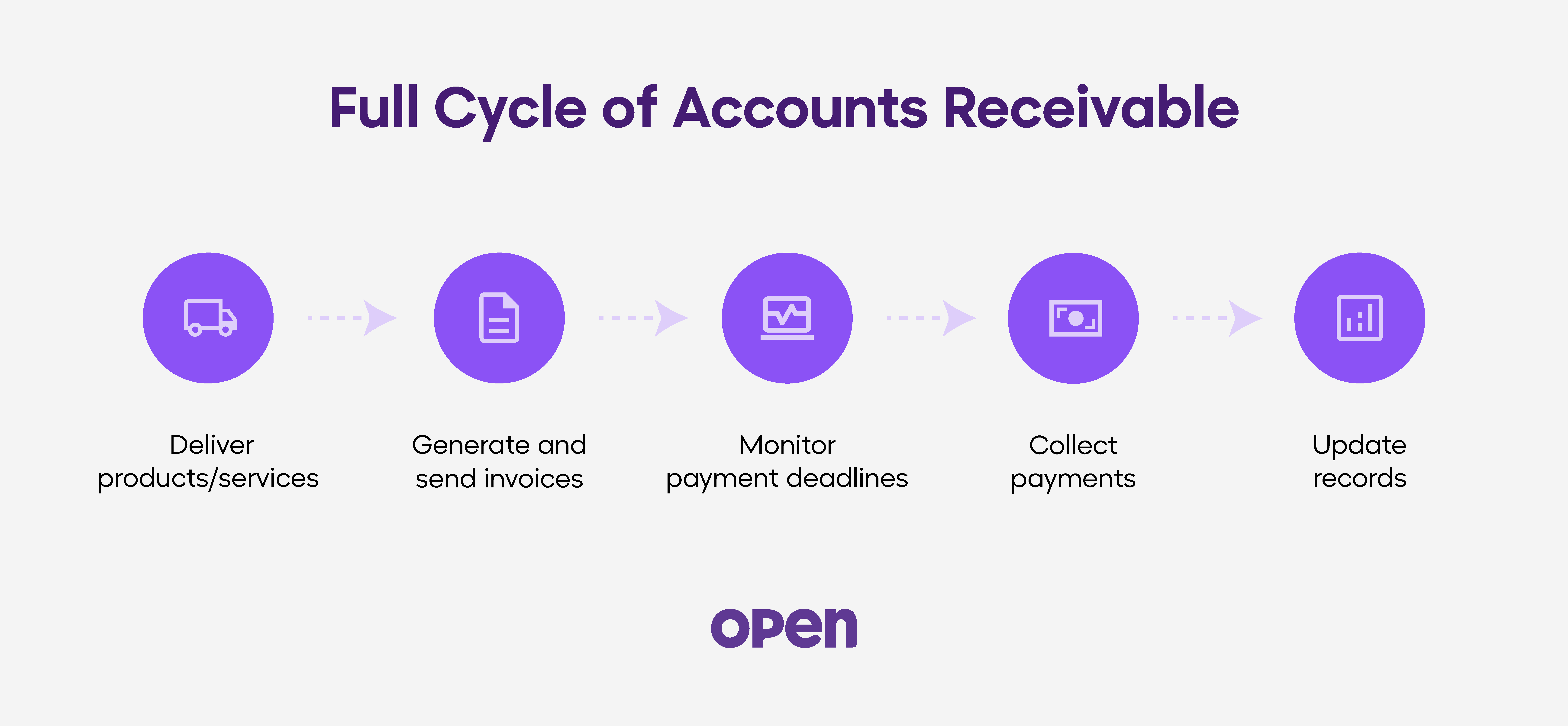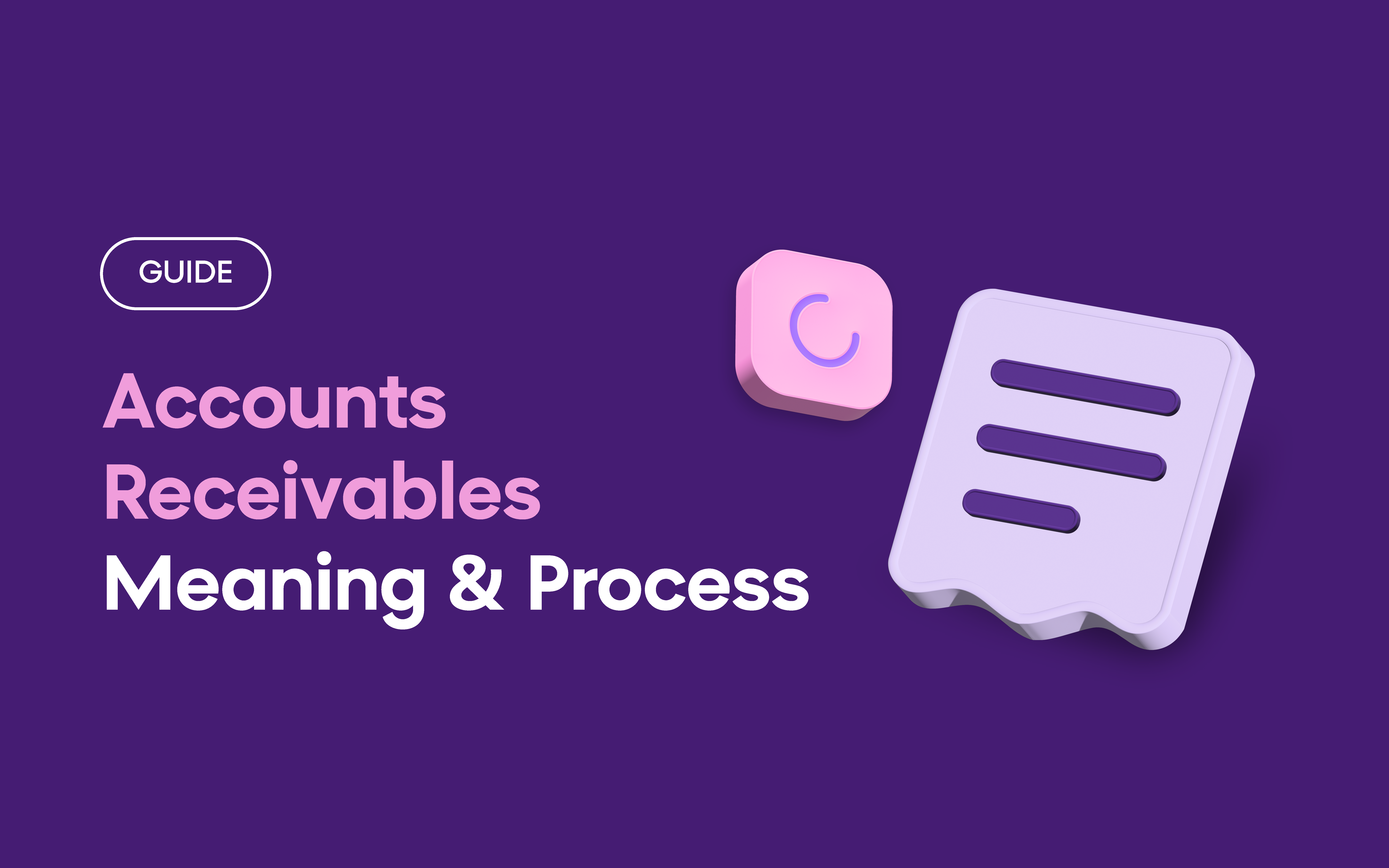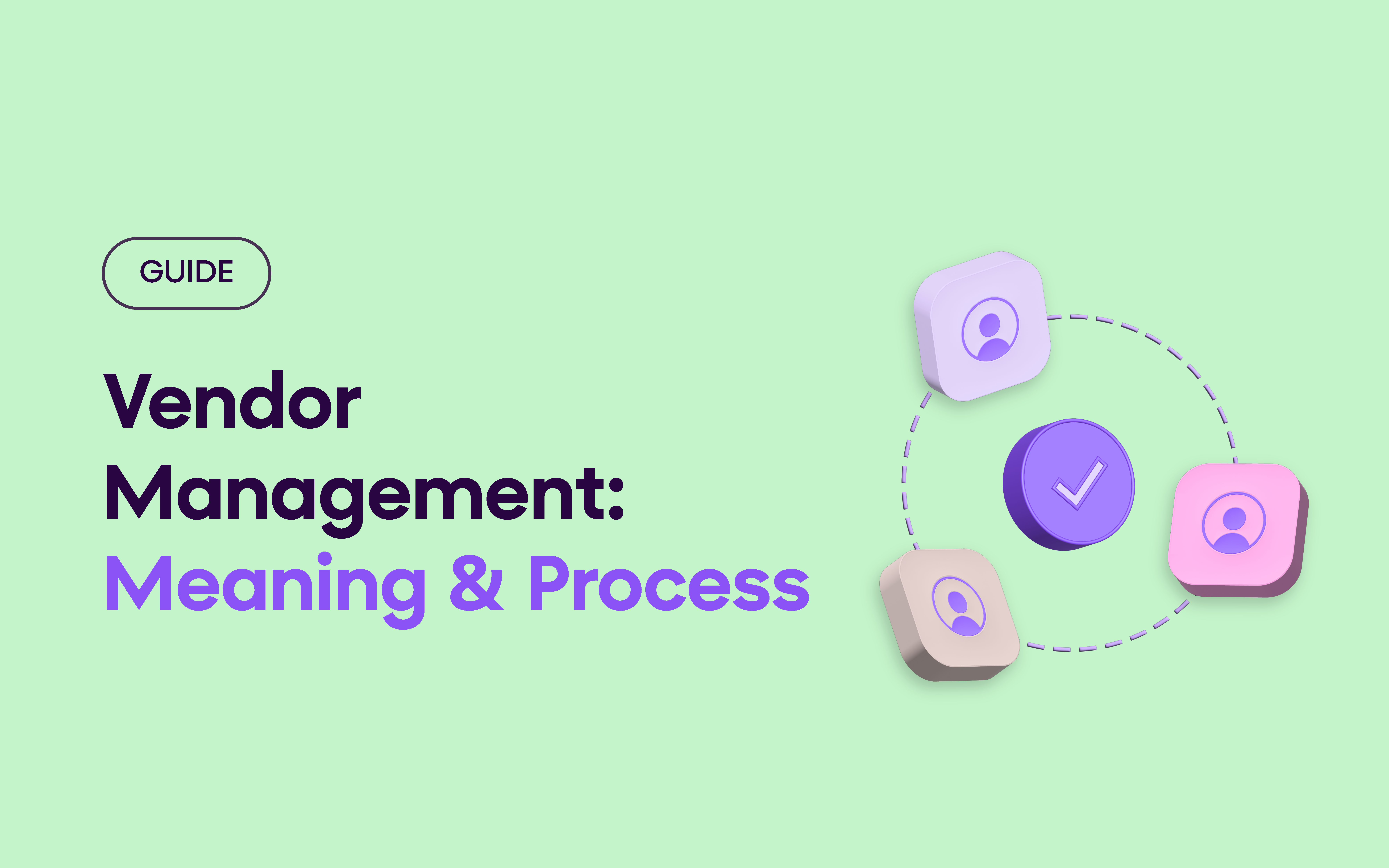Managing cash flow is one of the most crucial aspects of running a successful business, and understanding what accounts receivable is vital in this process. Accounts Receivables (AR) refers to the money owed to your business by customers who have purchased goods or services on credit. Ensuring that these payments are collected efficiently helps businesses maintain financial stability, meet operational expenses, and plan for future growth. AR is recorded as a current asset on your business’s balance sheet, reflecting its role in maintaining liquidity. This guide explains the fundamentals of AR, its challenges, and strategies to improve cash flow management.
Introduction to Accounts Receivable (AR)
Accounts Receivable is the money customers owe your business for goods or services they’ve received but haven’t paid for yet. Think of it as a record of sales where customers have promised to pay later.
AR matters because it affects your business’s cash flow and growth. When customers buy on credit, you need a system to track and collect these payments to keep your business running smoothly. For example, if you deliver goods to a customer worth ₹1,00,000 but they agree to pay in 30 days, this amount becomes your AR until payment is received.
The difference between AR and AP is straightforward: Accounts Receivable or AR is money coming into your business (what customers owe you), while Accounts Payable or AP is money going out (what you owe suppliers/vendors).
For instance, your AR might include outstanding invoices for customer orders, while AP involves payments for inventory or utilities.
Key Components of the Accounts Receivable Process
- Creating Invoices: The AR process starts with creating invoices that include clear payment terms, due dates, and item details. Ensure invoices also mention late fees, discounts, or taxes, as applicable.
- Tracking Payments: You need to keep track of who has paid and who hasn’t by monitoring due dates and recording payments.
- Recording Payments: When payments are received, they must be recorded in your business’s financial records to maintain accuracy.
- Handling Overdue Payments: Have a clear process to remind customers and collect overdue payments while maintaining a positive relationship.
Understanding the Full Cycle of Accounts Receivable (AR)

Common Challenges in Accounts Receivable Management
- Late payments: When customers don’t pay on time, it can create cash flow problems, leaving the business short on funds for day-to-day operations.
- Invoice disputes: Errors or unclear details on invoices can lead to disputes, delaying payments and requiring extra time to resolve.
- Bad debts: Sometimes customers can’t or won’t pay, leading to financial losses for the business. Businesses often account for this by creating a “provision for doubtful debts” to offset potential losses.
Balancing customer relationships: Chasing payments without harming customer relationships is a delicate balance. Building trust while ensuring timely payments is a key challenge.
Benefits of Automating Accounts Receivable
- Saves Time: Automating AR cuts down the time spent on billing and payment matching, turning hours of work into just a few minutes of automatic processing.
- Boosts Accuracy: Automated systems handle payments and update records with a level of precision that’s hard to match manually, reducing errors.
- Helps with Cash Flow: With the help of advanced analytics, businesses can better predict incoming payments, making financial planning and managing cash flow easier.
- Keeps Customers Informed: Automated reminders and payment updates ensure customers stay in the loop without your team having to send individual messages.
Best Practices for Effective Accounts Receivable Management
- Set clear payment terms upfront
Clearly define when and how customers should pay, including due dates, payment methods, and late fee policies. This avoids confusion and sets the right expectations from the start. - Track and follow up on unpaid invoices
Regularly monitor outstanding invoices and act quickly on overdue payments. A polite but timely reminder increases the chances of receiving payments without unnecessary delays. Generate AR aging reports regularly to track overdue invoices and prioritize collections effectively. - Use AR software for automation
Automate routine tasks like invoice tracking and payment reminders with AR software. This improves efficiency, reduces errors, and helps maintain accurate records. - Maintain strong customer relationships
Communicate clearly and professionally with customers about payment terms and issues. A positive relationship encourages timely payments and smoother resolution of disputes.
Implementing these simple but effective steps ensures a steady cash flow and minimizes payment issues.
The Role of Technology in AR Optimization
Modern AR software simplifies customer payment management by automating key tasks. It sends reminders automatically, tracks payment statuses in real-time, and integrates smoothly with accounting systems to keep records updated. This reduces manual work and ensures businesses have a clear view of outstanding invoices.
The software also provides insights into customer payment habits, helping businesses spot trends and predict cash flow more accurately. By identifying late-paying customers early, it allows for timely follow-ups and better payment strategies. These tools are designed to make managing payments straightforward while supporting smarter financial decisions.
Key Takeaways
- AR directly impacts your business’s cash flow and financial health by ensuring timely collection of customer payments.
- Automating AR processes reduces manual work, speeds up collections, and minimizes common errors in payment processing.
- Clear communication and consistent follow-up with customers leads to faster payments while maintaining good relationships.
- Modern AR tools provide real-time visibility into payment status and help predict future cash flow patterns.
- Integration of AR systems with other business software creates a more efficient financial management process.
- Building structured payment policies and terms helps set clear expectations and reduces payment delays.
Frequently Asked Questions
What is Accounts Receivable or AR, and why is it important?
Accounts receivable (AR) is the money customers owe a business for credit sales. It’s crucial for maintaining cash flow and tracking payments to ensure financial stability.
What’s the best way to handle difficult customers who always pay late?
To address late payments, establish clear payment terms and keep a record of all communications. Consider requesting advance payments or deposits to minimize risk. Stay professional but firm in maintaining deadlines, and offer flexible payment options if necessary. This approach helps safeguard your business while maintaining positive customer relationships.
How can I prevent late payments?
To prevent late payments, consider offering early payment discounts, providing multiple payment options for convenience, sending clear and timely invoices, and setting up automated reminders to keep payments on track.
Should I use AR automation software for my small business?
Yes, if your business involves regular invoicing, AR automation software can be a great asset. It simplifies your workflow with faster invoicing, better tracking, and automated payment reminders, making it beneficial even for small businesses.
What is the difference between AR aging and AR turnover?
AR aging shows how long invoices have been unpaid, while AR turnover shows how quickly you collect payments overall.
In today’s digital age, modernizing your accounts receivable process isn’t just an option—it’s a necessity for business growth. OPEN’s comprehensive AR automation software streamlines everything from invoice generation to GST compliance, helping you reduce manual effort, minimize errors, and accelerate cash flow. By embracing this digital transformation, you can focus on what matters most: growing your business while maintaining complete control over your financial operations.





